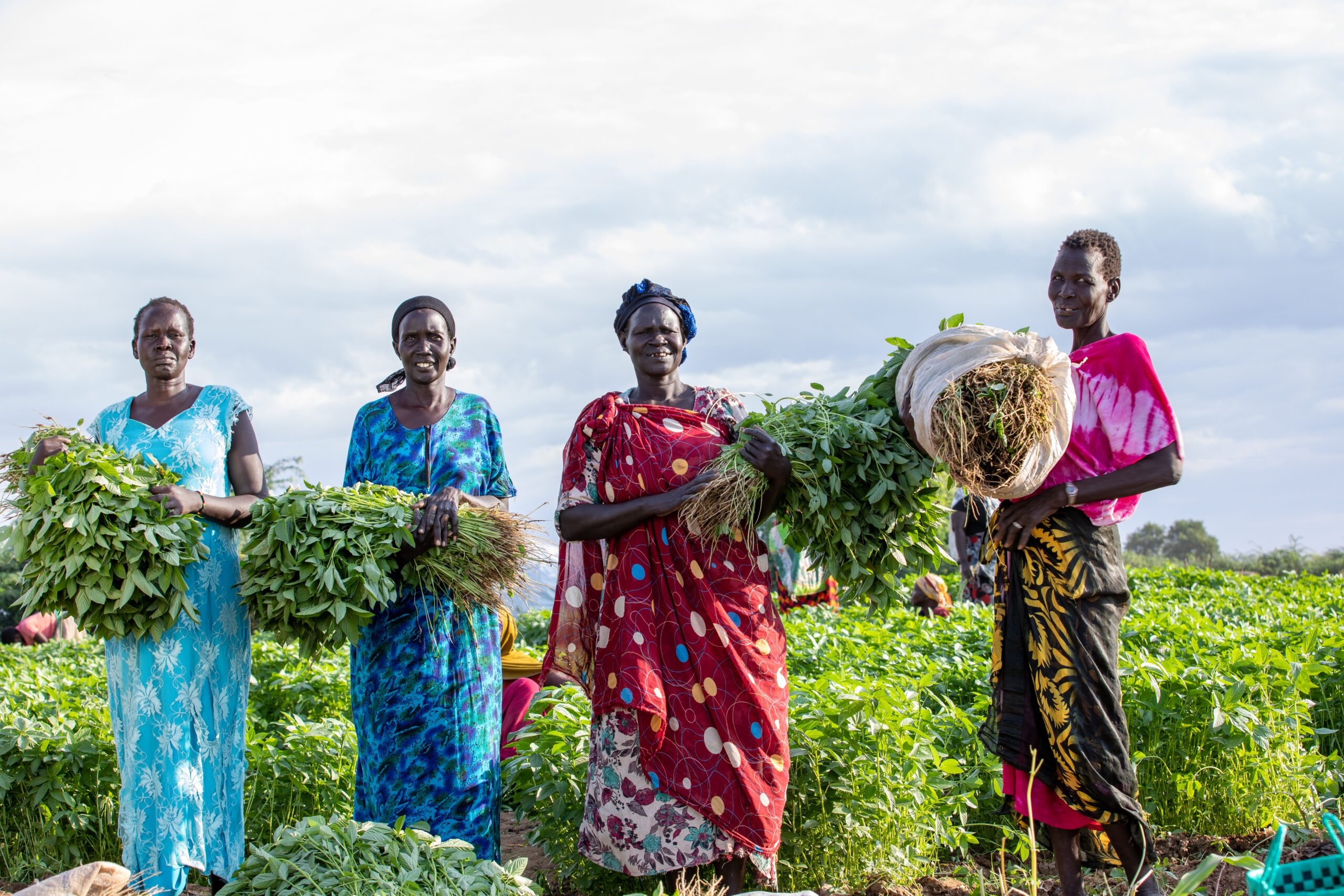Building Better Futures through Durable Solutions
Building Better Futures through Durable Solutions

© UNHCR/Charity Nzomo
Once someone becomes a refugee, he or she is often displaced for a long time, unable to return home due to ongoing violence or fear of persecution or other forms of harm. Kenya has been hosting refugees for more than three decades, and what was meant to be a temporary situation has become protracted, leaving many refugees and their families in legal and economic limbo for years. UNHCR helps refugees rebuild their lives through access to education and livelihoods opportunities, helping them regain a sense of purpose and become part of the communities that are hosting them in Kenya.
UNHCR works closely with the Government of Kenya and the international community to find long-term solutions so refugees can find a place to call home.

© UNHCR/Charity Nzomo
1. Voluntary Repatriation
Millions of refugees dream of going home. Voluntary repatriation in safety and dignity requires the full commitment of the country of origin to help reintegrate its own people.
It also needs the continuing support of the international community through the crucial post-conflict phase to ensure that those who make the brave decision to go home can rebuild their lives in a stable environment. The Government of Kenya, as well as UNHCR, considers that voluntary repatriation of refugees is the most desirable solution when conditions for voluntary repatriation in the country of origin are met.
Refugees who opt to repatriate have to do so on a voluntary basis, and this is key to ensuring that refugees, when making the decision to return to their country of origin, are doing so without external pressure or lacking relevant information on the prevailing security, economic and social conditions in the country of origin that will ensure sustainable return and reintegration. UNHCR and our partners interview refugees and asylum-seekers who have expressed a desire to repatriate to provide important information and to assess the voluntariness of return.
With regard to repatriation to Burundi, in view of the large number of refugees returning from countries of asylum across the region, at the moment the Government of Burundi has imposed restrictions on who can benefit from return assistance, which is limited to refugees who have been in the country of asylum for more than one year, and asylum-seekers who have been in the country of asylum for more than two years.
2. Resettlement
Resettlement involves the identification and transfer of the most vulnerable refugees in need of resettlement from a State in which they have sought protection to a third State which has agreed to admit them – as refugees – with permanent residence status. Resettlement is regulated by strict criteria, policies and processes and can only benefit a very small percentage of the world’s refugee population (less than 1% each year).
Resettlement, being one of the three durable solutions available to refugees, is pursued by UNHCR for eligible individuals while considering the other solutions as well. Refugees do not have an automatic right to be resettled to a third country. The final decision to accept a refugee for resettlement is taken by the authorities of the country of resettlement, not by UNHCR.
For more information visit our resettlement page here.
3. Complementary Pathways
Complementary pathways are safe and regulated avenues for persons in need of international protection that provide for a lawful stay in a third country where the international protection needs of the beneficiaries are met.
Complementary pathways include programmes that facilitate education in a third country, labor migration and employment schemes, family reunification procedures, and humanitarian sponsorship schemes.
4. Local Integration and Inclusion

© UNHCR/Charity Nzomo
The Government of Kenya is pioneering an innovative approach called the “Shirika Plan” for refugee management in Kenya, which aims to transform refugee camps into integrated settlements in which refugees and host communities would live together and benefit from inclusion in national services and from humanitarian programmes designed to facilitate self-reliance and economic development in refugee hosting areas of Garissa and Turkana Counties and in urban areas across the country. The hope is that, by becoming more self-sufficient and by contributing to the host country, refugees will become less dependent on humanitarian aid and better prepare themselves for the future once they are able to return home.
The building blocks of the Shirika Plan are the Kalobeyei Integrated Socio-Economic Development Plan (KISEDP) in Turkana County, and the Garissa Integrated Socio-Economic Development Plan (GISEDP) in Garissa County. The two county governments, supported by national authorities, UNHCR and a range of partners, has launched these initiatives to bridge the gap between humanitarian assistance and development in response to increasing needs, risks and vulnerabilities faced by refugees and the communities hosting them.
You can find out more about these initiatives by visiting the dedicated pages on KISEDP and GISEDP.

